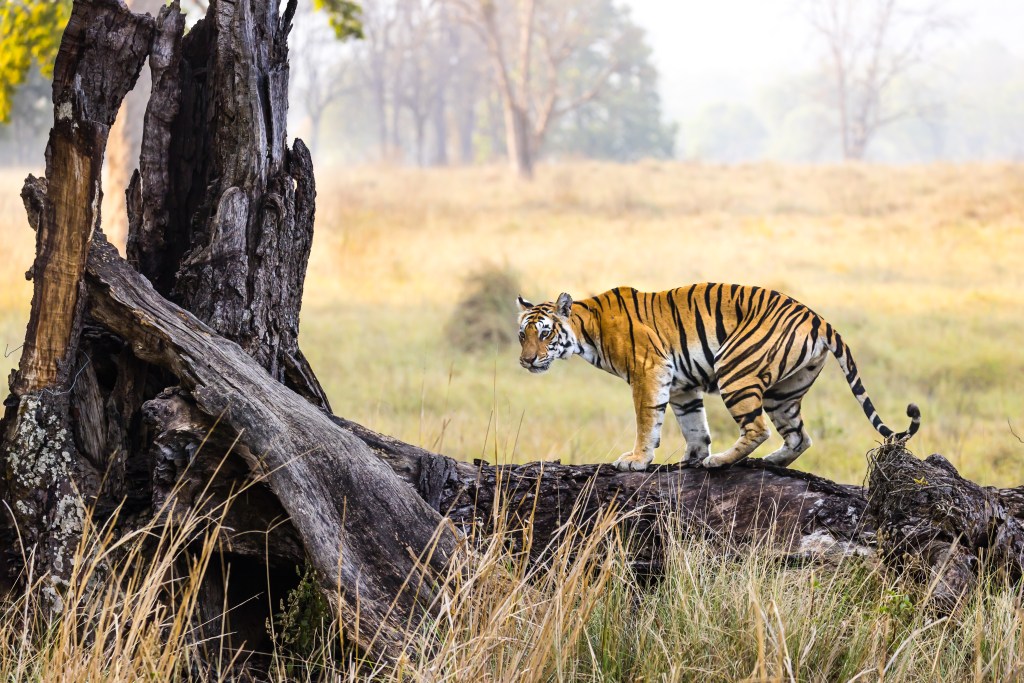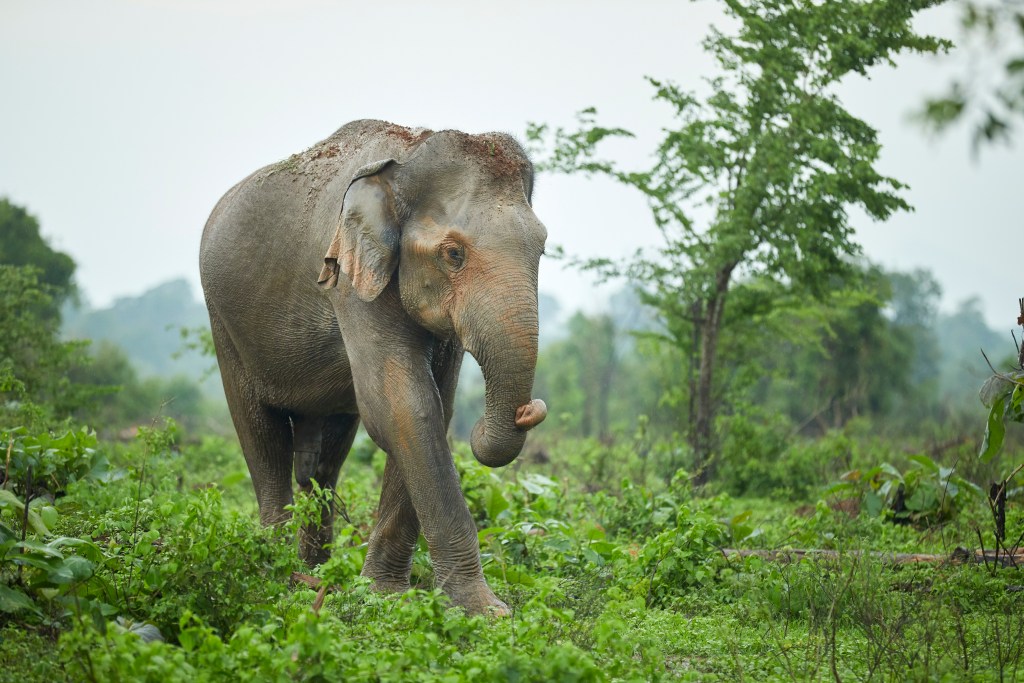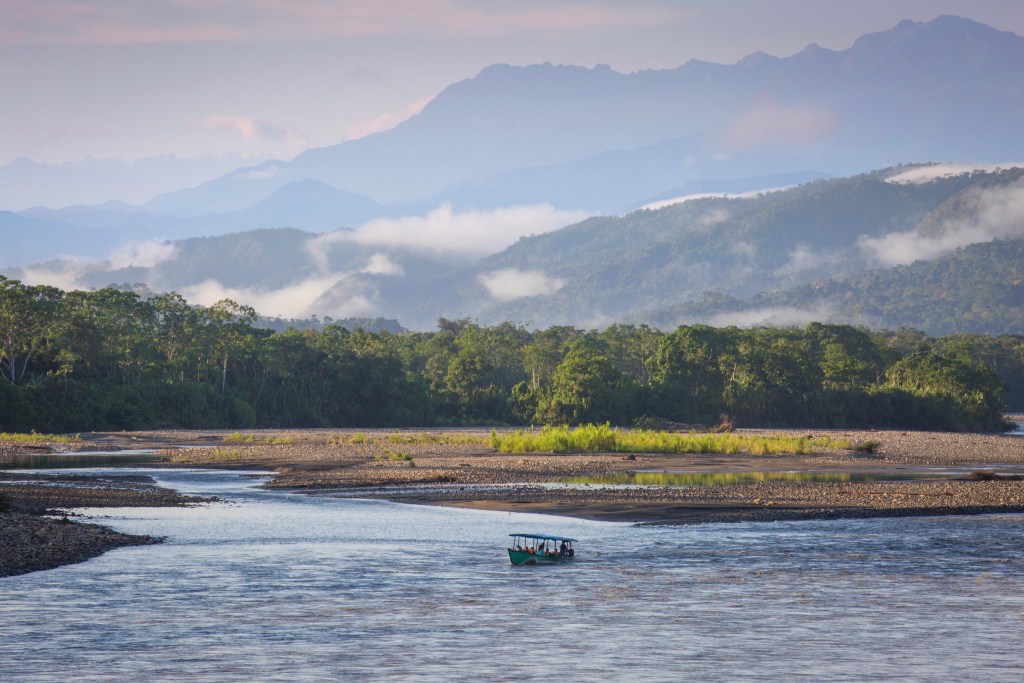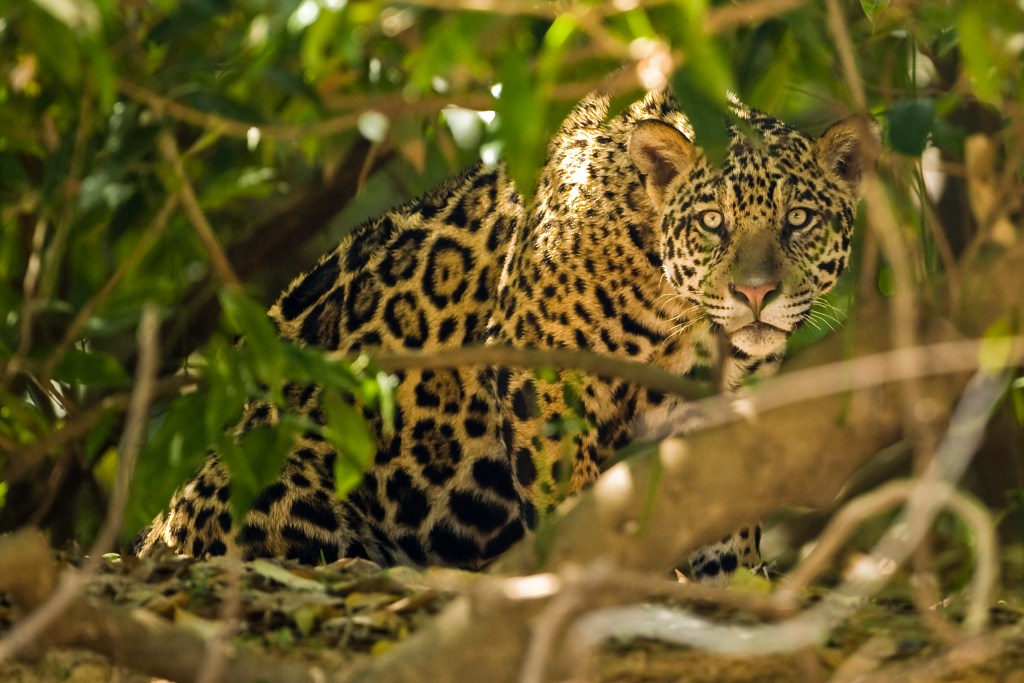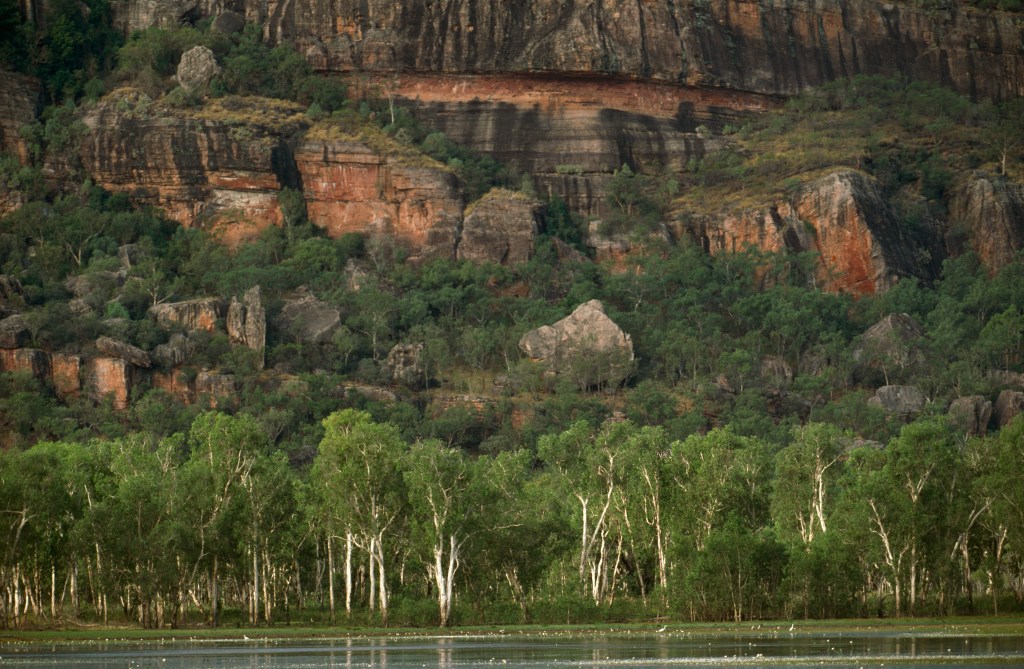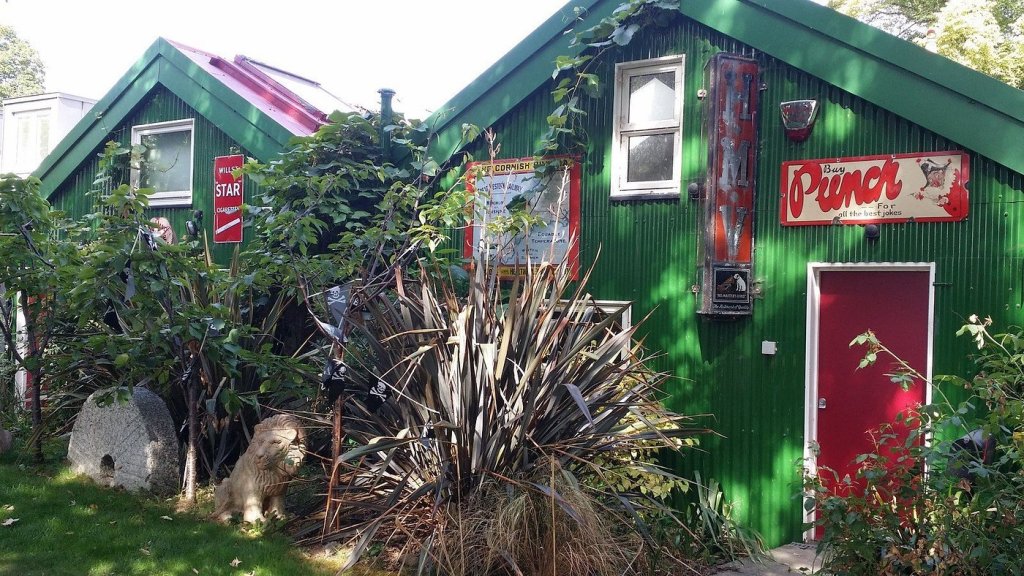When you think about Peruvian food, what comes to mind?
Off the top of my head, I see a meal that includes ceviche and guinea pig, topped off with a foamy Pisco sour. But that’s a mishmash of the most well-known Peruvian dishes I can think of—and I doubt those three selections would be presented as a single meal anywhere in the country.
The nation is home to other popular dishes like lomo saltado and aji de gallina—but the former isn’t a purely Peruvian invention.
It’s actually one of the cornerstone dishes of Chifa, the fusion between Chinese and Peruvian food. Chifa, along with Nikkei, the fusion between Japanese and Peruvian food, are two of the country’s tastiest exports.
Both slowly evolved in the 20th century as immigrants from China and Japan arrived in Peru. Ingredients like pork, chicken, corn, cilantro, and chili crossed cultural boundaries, slowly meshing into beloved dishes that you can find in street food stalls and fine dining establishments alike.
Not only have Chifa and Nikkei made Lima one of the most culinarily important destinations in South America, but they’ve also helped put Peru on the map for foodies across the globe.
If you’re heading to Lima, the City of Kings, then you need to know how to eat like one. Don’t miss out on the best Chifa and Nikkei restaurants in Lima.
Best Chifa restaurants in Lima

Chifa food can be found around Peru—far beyond the bounds of Lima. You might notice that some Chifa restaurants actually have two menus: one that serves fusion favorites and one that offers mainland Chinese dishes. Don’t miss out on mostrito, a dish that blends fried rice with grilled chicken.
- Madam Tusan: Take a closer look at Chifa dim-sum and exotic sauces at this classic restaurant, which is a can’t-miss for foodies.
- Shi-Nua: If you’re after a little fanfare with your Chifa meal, head to the bright, exciting dining room at Shi-Nua.
- Chung Yion: This no-frills take on Chifa dishes is a master class in fusion food, which has made it a cult hit for locals for years.
- Wa Lok: Wa Lok has a hefty (and highly celebrated) menu that lets you try just about every Chifa dish imaginable. At varying price points, too.
Best Nikkei restaurants in Lima

Similar to Chifa, you can also find Nikkei restaurants around the country. But its Lima’s Nikkei restaurants that take the cake in terms of global notoriety.
- Tomo: Intimate, cozy, and homely, this Nikkei restaurant is perfect for families, large groups, and those who want to take their time sampling a Nikkei menu.
- Maido: Possibly the most famous Nikkei restaurant in the world and often listed as one of the best, Maido has been described as the pinnacle of Japanese-Peruvian fusion food.
- Costanera 700: A famous spot that’s known for pioneering Nikkei cuisine (and drinks), don’t miss out on Costanera 700’s famous seafood saltado.
